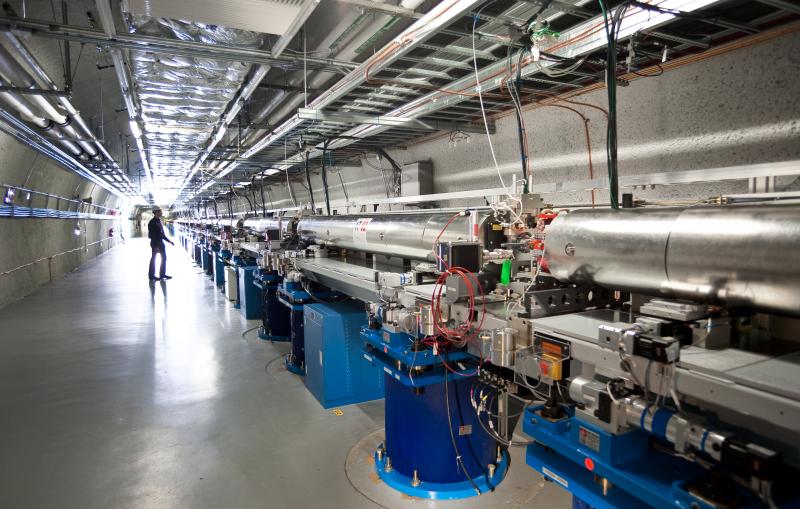

The SXR beamline provided intense ultra short soft X-ray pulses to a diverse set of experimental configurations that used powerful tools such as X-ray emission, coherent imaging, resonant scattering, photoelectron spectroscopy and X-ray absorption spectroscopy. The science performed at the SXR beamline covered wide-spread fields such as catalysis, magnetism, correlated materials, laboratory astrophysics and biological structure.
